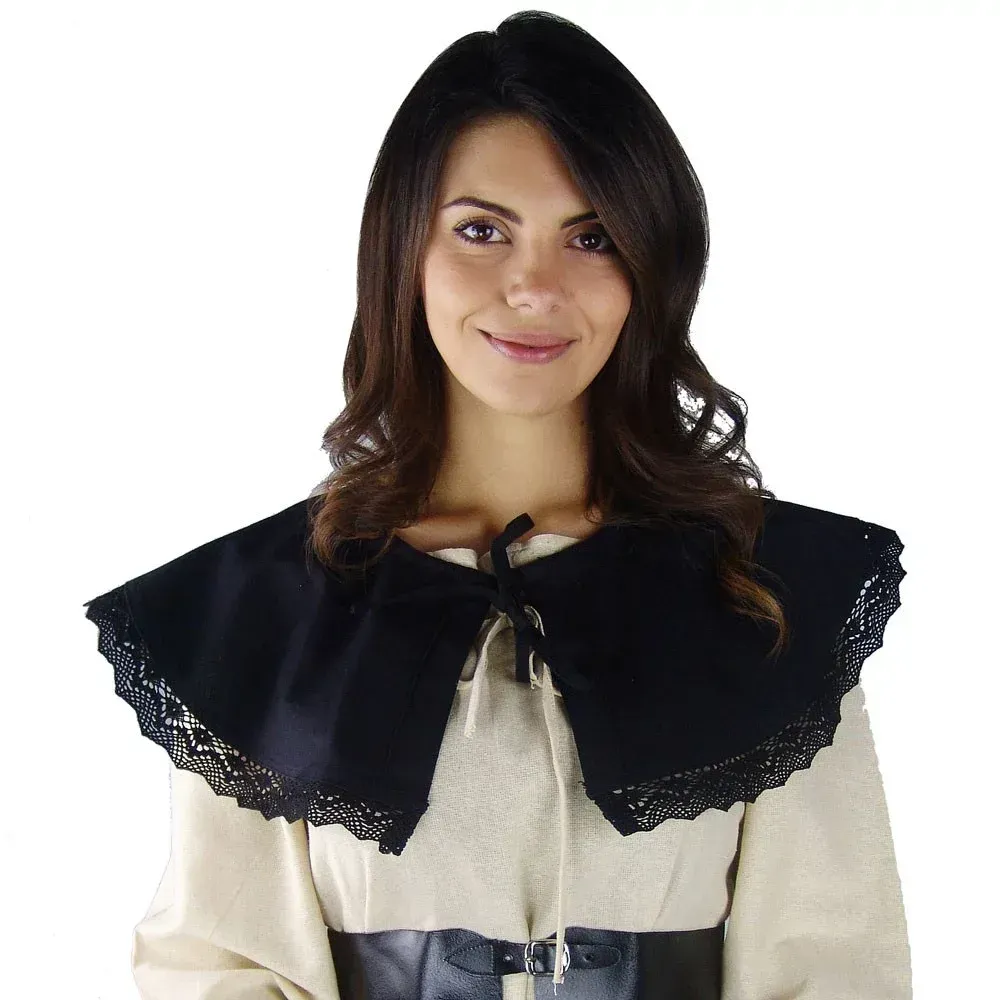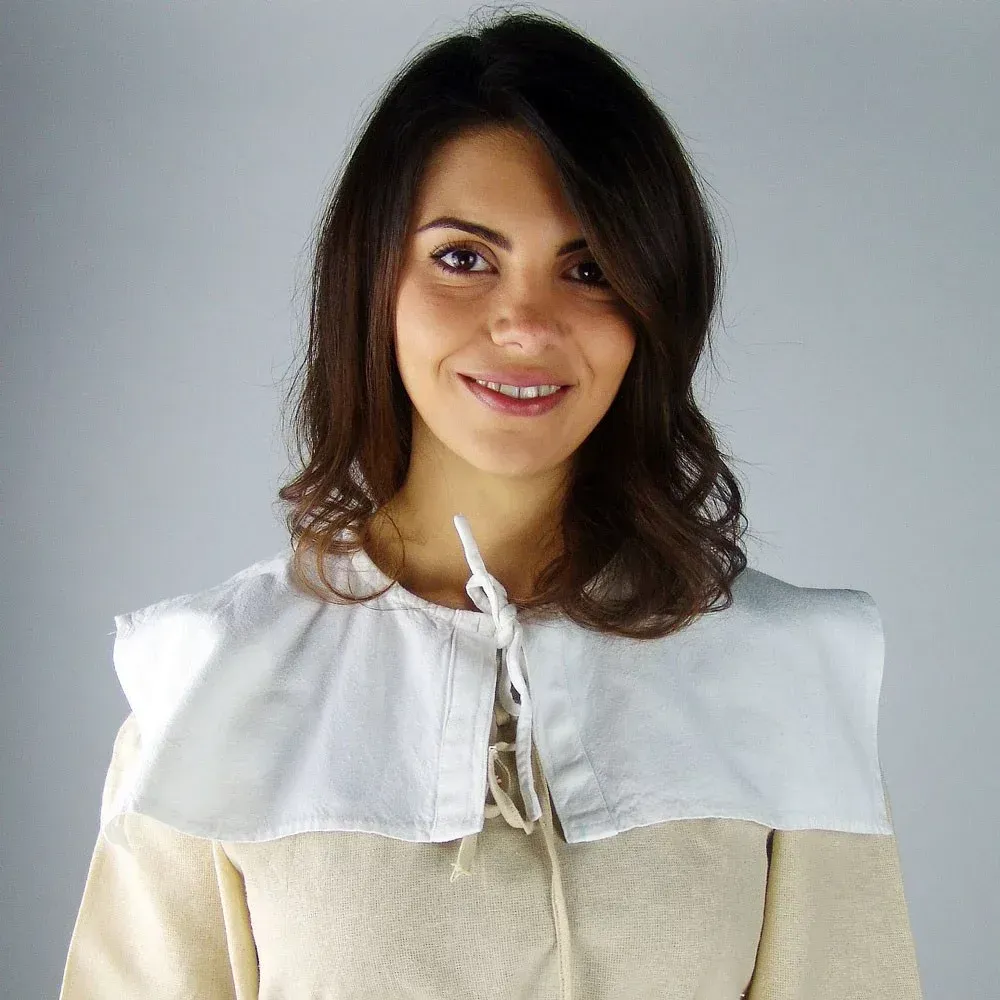What is a Valona?
The "valona" is an iconic garment from the 17th century, known for its impressive design and cultural significance. It is a wide, turned collar that drapes over the shoulders, adorning the clothing of the era with a touch of elegance. Although its initial acceptance in Spain was limited, due to its Flemish origins, the valona established itself as an essential piece in both male and female wardrobes.
Origins of the Valona
The valona has its roots in the Netherlands, specifically in the region of Flanders. Despite its name, which might evoke Wallonia in Belgium, it was in Flanders where this garment began to take shape. Originally, it was a smooth, circular, starched fabric that was often adorned with lace, making the collar shine and adding a touch of sophistication to the garments of that era.

Distinctive Features
- Turned Collar: The valona is known for its wide, turned design that covers the shoulders and part of the back. This collar style provides an elegant and striking appearance.
- Embellishments: Often, the valona was decorated with lace, trimmings, and borders, which enhanced its sophistication. These embellishments could extend to other parts of the wardrobe, including cuffs and stockings.
Impact in Spain
Initially, the valona was not well-received in Spain due to its simplicity and foreign origin. However, the garment gained tremendous popularity when King Philip IV decreed in 1623 its mandatory use over the "golilla". This mandate propelled the acceptance of the valona in Spanish fashion, transforming it into a staple of the era's wardrobe.
Female Models
Valona Cariñana
This particular model was popularized by María de Borbón-Soissons, Princess of Carignan. It consisted of a large lace collar that left visible the area from the throat to the beginning of the chest, adorned with chokers and necklaces for added elegance.

Other Models
Another notable model from the era was the fan collars, present since the late 16th century. These collars exposed the throat and fanned out behind in a fan shape, supported by a wire structure.
Cultural Significance
The valona was not only a fashion item but also played an important role in the cultural tradition of the 17th century. Its popularity among men and women is reflected in detailed descriptions from the time, such as those by the Spanish costumbrista writer Juan de Zabaleta. Despite its eventual replacement by other fashionable items like the golillas, the valona left a significant legacy in cultural and fashion history.
Evolution and Legacy
Over time, fashion styles evolved, and the valona was gradually replaced by other elements such as the golillas or "valoncillas," preferred by King Philip IV. Nonetheless, the influence of the valona on 17th-century fashion persists to this day, illustrating the richness of culture and style from that period.
The valona stands out as a garment that not only covered but also adorned with detail, witnessing an evolution in fashion that propelled it to the honored place it occupied during its time.
















